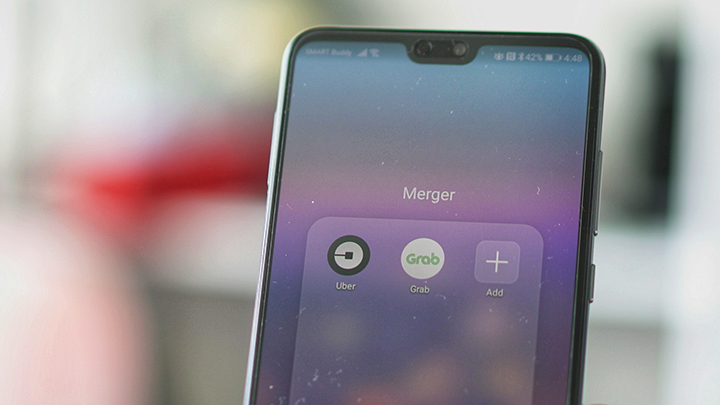Perhaps one of the biggest stories of the year is the merger between Grab and Uber in the Philippines and the rest of South East Asia.
After a couple weeks of rumors, the deal was almost instantly sealed with Uber getting 25% share of Grab’s combined operation in the region.

In the Philippines, Grab and Uber had quite a healthy competition, albeit not without problems with the government. Operations were temporarily suspended with both TNVS getting slapped with heavy fines. Despite it all, both services thrived and grew exponentially in no time.
A lot of riders have complained that it was due to pressure from LTFRB that made Uber call it quits. The fact that they pulled out of the entire South East Asia altogether instead of just the Philippines indicates there’s more that we don’t know.
- Uber’s financials aren’t really good for years now. In 2016 alone, it is estimated they lost north of $2.8PHP 165INR 238EUR 3CNY 20 billion and that number grew to a staggering $4.5PHP 265INR 383EUR 4CNY 33 billion in 2017. New markets with a very competitive atmosphere like SEA can put additional strain on the income problems.
- Earlier this year, a group of investors led by Softbank bought into Uber making Softbank the biggest shareholder at around 15%. Incidentally, Softbank also holds significant shares in China’s Didi, India’s Ola and Grab.
It’s easy to see that Softbank might have had a hand in the merger of Uber and Grab in South East Asia as no investor would want competing companies in its portfolio, much more of one of them is already bleeding money.
The same scenario happened in China in 2016 where Uber agreed to merge with leading competitor Didi for an 18% stake in the combined operation. Uber was facing stiff local competition and was also bleeding money in China.
- Grab has a massive foothold in South East Asia. It boasts of over 2.3 million drivers in 168 cities across 8 countries in the region.
Uber’s approach of a one-size-fits-all wasn’t working well with the diverse cultural differences in the region. Grab had the cultural advantage and was able to adapt to the various intricacies in each country it operates.
Grab also has a more diverse offering, from a regular taxi cab to a car, van or a motorbike. It even offers express parcel delivery service via GrabExpress.
Uber was only good in one category — car-hailing and ride-sharing. In order for Uber to entice more riders into its fold, it had to match or exceed the promotions and incentives Grab was offering its drivers. This is one of the main reasons why Uber was losing money in its operations.
- Uber is targeting an Initial Public Offering (IPO) in 2019. The merger in SEA is one of several housekeeping chores Uber is doing in order to clean up its P&L before the IPO. It stops the bleeding in the region while maintaining 25% stake in the combined operations.
In the Philippines, riding customers obviously prefer Uber over Grab. Aside from cheaper rates, Uber drivers are not picky as they don’t see the destination of the ride. Grab does not have that option and allows drivers to accept or reject customers based on the destination of the trip. In a country where daily traffic is a nightmare these two glaring differences in policy obviously benefits one over the other. Drivers prefer Grab while riders prefer Uber. Guess who won?


Only proves that customers aren’t king in this country…